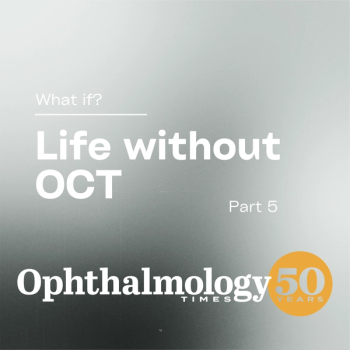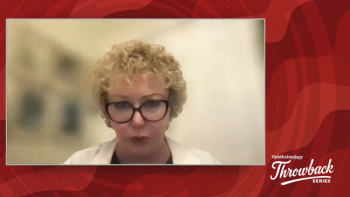
Hide your myopia away: Study examines John Lennon’s contact lens use and cannabis
In a study, Australian ophthalmology and optometry researcher and Beatles fan Professor Stephen Vincent has analyzed John Lennon’s little-known, hit-and-miss use of contact lenses in the 1960s and found the Rock and Roll Hall of Famer was probably right when he theorized that his cannabis use helped them stay in place.
An Australian vision researcher has examined the hit-and-miss contact lens use of John Lennon and found the Beatles legend was likely correct when he speculated that his cannabis use helped the lenses stay in.
While Lennon’s appearance would later be defined by the round eyeglasses, he usually didn’t wear glasses in public before 1967.
Queensland University of Technology (QUT) Professor Stephen Vincent pointed out that during the early years of the Beatles, Lennon was surreptitiously experimenting with contact lenses to cover up his myopia, according to a QUT news release.1
Vincent also is the director of the QUT Centre for Vision and Eye Research,2 where he conducts research in the fields of ophthalmology and optometry. He examined Lennon’s contact lens experience from 1963 to 1966.
During that period, Vincent pointed out, the only lenses available were rigid versions that were made of polymethylmethacrylate.
However, Lennon is known to have had astigmatism, and as a result the early-era contact lenses often fell out unless modified to fit the shape of the eye.
“However, John also noticed his contact lenses stayed in place better when he was ‘stoned’, which was most likely a result of cannabis-induced upper eyelid ptosis (droopy eyelids), which would reduce the likelihood of lens ejection,” Vincent explained.
Vincent’s research, co-authored by his wife, Roslyn A. Vincent, is published in the September edition of the journal Ophthalmic and Physiological Optics.3
The couple examined historical sources, including early photos and video footage of Lennon, a 1971 spectacles prescription belonging to the Rock and Roll Hall of Famer, and anecdotes from Lennon, his first wife, Cynthia, his fellow Beatle Paul McCartney and his childhood friend and first manager Nigel Walley.1
“I was brought up on The Beatles’ 1962-1966 album (the Red Album), so my enduring mental image from childhood is John Lennon without glasses,” Vincent pointed out.
Vincent watched the 2022 “Get Back” documentary by director Peter Jackson, and the review of the Beatles’ history showed Lennon not wearing eyeglasses from 1956 to 1966, then suddenly in glasses constantly from about 1967 on.
“I thought he must have been walking around not seeing very much pre-1967, or he was wearing contact lenses,” Vincent explained. “So, Roz and I started down this rabbit hole of research, and it turns out it was both.”
Moreover, Vincent pointed out that the issues with contact lenses that Lennon endured in the 1960s were unlikely to occur today due to improvements in the design of lenses and technology to measure the topography of the eye.
“Soft contact lenses were invented in the early 1970s – after John had switched to spectacles – and are now worn successfully by millions of people around the world,” he said.
Vincent also pointed out that modern toric lenses are offered in both rigid and soft contact lenses to correct astigmatism and imperfections in the curvature of the cornea.
“Bespoke lens designs can now also be manufactured to fit complex ocular shapes,” he concluded. “Modern contact lenses are also much healthier than the oxygen impermeable rigid plastic lenses of the 1960s, which often led to corneal complications.”
References:
Hide your myopia away: John Lennon, contact lenses and cannabis. EurekAlert! Published August 13, 2024. Accessed August 16, 2024. https://www.eurekalert.org/news-releases/1054409
C. Home – Centre for Vision and Eye Research. Centre for Vision and Eye Research. Published October 23, 2022. Accessed August 16, 2024. https://research.qut.edu.au/ver/
Vincent RA, Vincent SJ. You’ve got to hide your myopia away: John Lennon’s contact lenses. Ophthalmic and Physiological Optics. Published online June 21, 2024. Accessed August 15, 2024. doi:https://doi.org/10.1111/opo.13351
Newsletter
Don’t miss out—get Ophthalmology Times updates on the latest clinical advancements and expert interviews, straight to your inbox.



















































.png)


